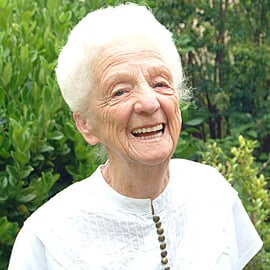Respected ABC TV journalist Alan Kohler wrote in his Business Spectator column
“The worst thing about retirement living and aged care in Australia is its complexity”
He was unclear about he business model, assuming retirement villages were operatored by property developers keen to make a quick profit.
A couple of facts that could help in everyone’s understanding of retirement villages and the operators:
• 40% of the retirement village ‘developers’ are churches and charities such as the Salvation Army, the Royal Freemasons, Catholic/Anglican/Jewish/United Protestant/Churches of Christ/Seventh Day Adventist/ Baptist Churches, as wells as community not for profit groups.
• villages are not a get rich quick business. Just look at the publicly listed operators and their return on assets. Using Aveo as an example, they are currently achieving a 4% cash return on assets and has aspirations of building that to 8% by 2018 – 4 years away. Veteran village finance expert Jim Hazel looks to a 10-15% Return On Investment as a benchmark for the sector but states it requires an 8-10 year investment commitment to achieve it. It would be better having the money in the bank – but if operators did who would provide the supportive accommodation to the 160,000 village residents?
• Under the Retirement Village Act in each state, villages are the most regulated accommodation sector in the country, which is largely why nearly all developers and nearly all financiers prefer a straight residential development. Easier, greater profit and delivered faster.
• Australia is quite generous in its DMF/Capital Gain structure compared to New Zealand – where villages are booming. In NZ customers pay a similar DMF to Australia but their Act supports the operator taking 100% of the capital gain in every contract
• Village residents believe their village ‘purchase’ was a great outcome. Our independent McCrindle Baynes 2013 village census of 5,200 residents cross 232 villages nationally (private and not for profit) delivered a net Promoter Score of 25, which translates into retirement villages scoring the highest ‘customer loyalty’ of any sector/industry in the country. These results support the same research in 2011 when 10,500 different residents completed the census. In total 15,700 residents out of 160,000 households.
The most telling question in our census, in my opinion, was Question 35: “To what extent has your overall happiness and life satisfaction changed since you moved into the village?” 50% said they had increased slightly to significantly since moving into the village.
What other product or service can deliver such a life impacting result for an ageing customer, predominantly with health challenges? 6% said ‘lightly declined’ and 3% said ‘significantly declined’. Again this remarkable given the survey covered residents across the whole village journey and say 25% are in the last few years with encroaching serious health challenges.






